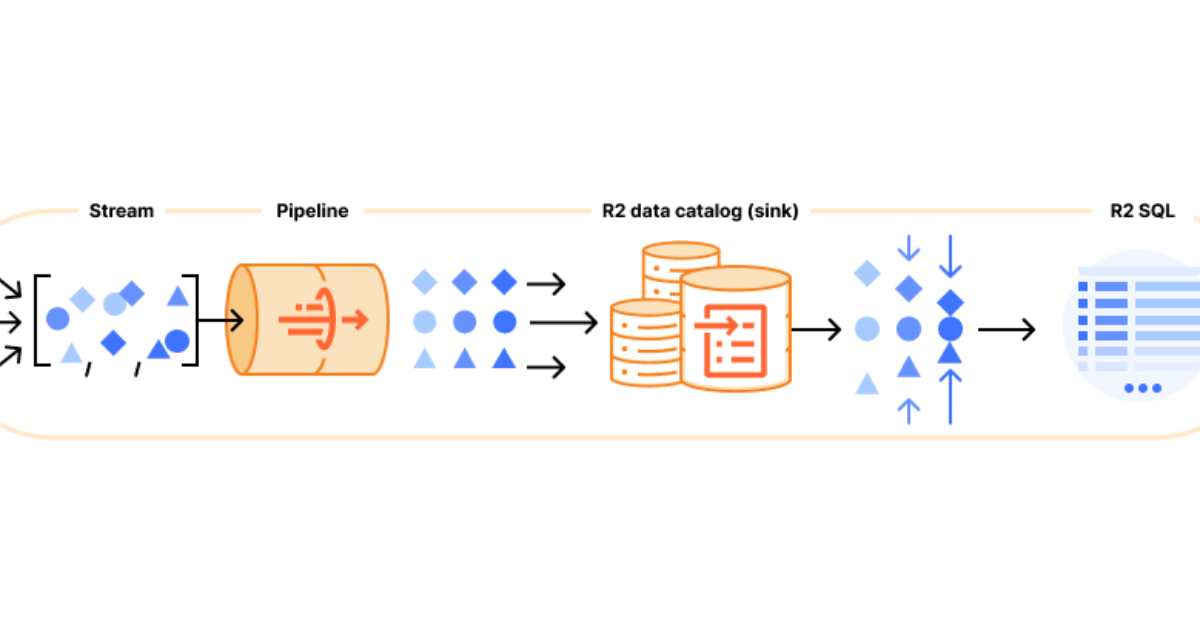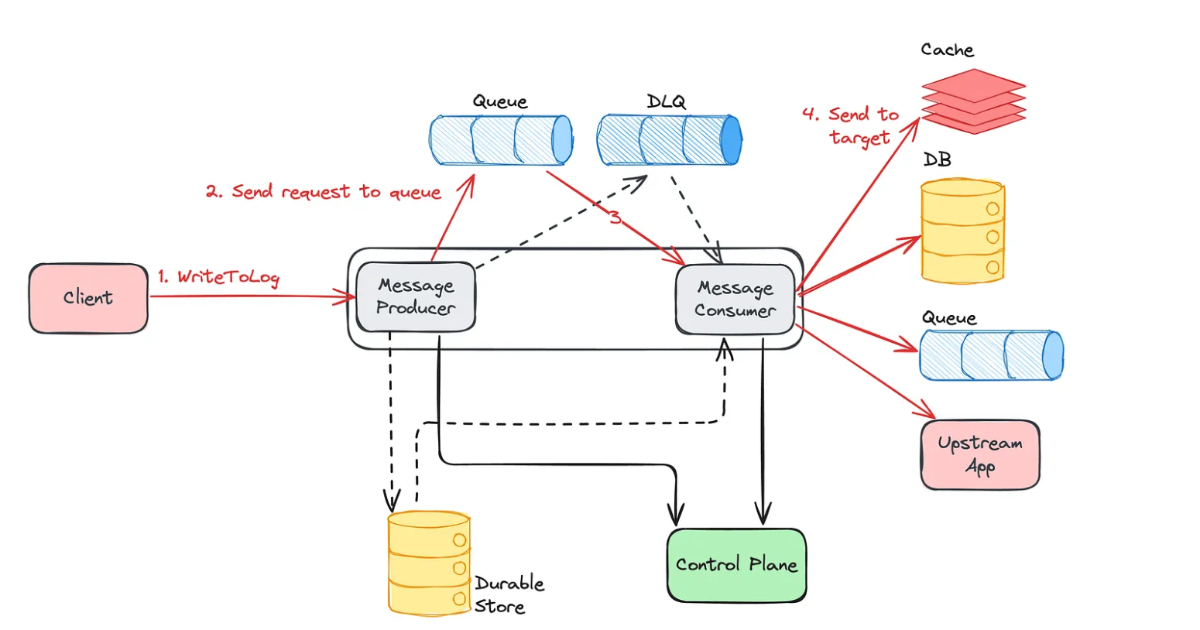Codetown
Codetown ::: a software developer's community
Kotlin Thursdays - Image Processing in Kotlin Part 3 with Amanda Hinchman-Dominguez
Kotlin Thursdays: Image Processing in Kotlin Part 3
Part 1: https://codetown.com/group/kotlin/forum/topics/kotlin-thursdays-ima...
Part 2: https://codetown.com/group/kotlin/forum/topics/kotlin-thursdays-ima...
Welcome to Kotlin Thursdays! Last week, we figured out how to write primitive filters and apply them to our images with the or function. This week, we look at refactoring with higher-order functions.
Resources
Think of these resources as supplemental if you happen to be more curious. We always encourage looking into documentation for things you use!
- Project Github Repository: https://github.com/Kotlin-Thursdays/Image-Processing-in-Kotlin
- Installing Java with Oracle: https://www.oracle.com/technetwork/java/javase/downloads/jdk8-downl...
- Kotlin: https://kotlinlang.org/docs/reference/
- TornadoFX: https://edvin.gitbooks.io/tornadofx-guide/content/
Higher Order Functions
We could continue to write individual functions that feeds 2 images and a particular function, but in Kotlin, we have the ability to use a single function that accepts 2 images and a function with the help of higher order functions. Below, you can see how similar our orFilter function and makeDuller function is.
In programming, programs may take data as parameters and pass those parameters into the function to return a different output or alter the behavior of a program. Kotlin is a functional language, and one characteristic of a functional language is that functions are also able to treat functions as data. You can pass a function as a parameter, which is really powerful!
A higher-order function is a function that may take functions as parameters. You can pass a function with double-colon (::). Double-colon (::) is used to get function (callable) reference in Kotlin.
Ruby facilitates higher order functions with yield, which involves passing a block to a method.
Like Ruby, Kotlin treats functions as first-class citizens, which is a pillar of functional programming. In Kotlin, the equivalent of block code is known as lambda functions, indicated by the pattern:
Instead of passing the object as an argument, you invoke the lambda variable as it if were an extension function. Haskell also has higher order functions which can designate the kinds of parameters a function may take within a function.
Implementing applyFilter
In this case, we are going to work with a general function, as opposed to an extension function that is invoked with a qualifer.
The function we write will take a filter function and 2 pixelReaders. Our function parameter, in particular, will only accept functions that take 2 Color parameters and returns a Color.
So here, the input function that accepts the 2 parameters is the receiver type, the output Color receiver object.
fun applyFilter (filter: (Color, Color) --> Color, a: PixelReader, b: PixelReader): PixelWriter {
for (x in 0 until width) {
for (y in 0 until height) {
resultWriter.setColor(x, y, filter(a.getColor(x, y), b.getColor(x, y))
}
}
return resultWriter
}
Conclusion
I hope you all had fun learning a little bit about image processing! Keep exploring and creating new image filters and maybe even as a challenge, think about how you might implement an RGB system to create image filters for colors. Until next time :)
Tags:
Replies to This Discussion
Notes
Welcome to Codetown!
 Codetown is a social network. It's got blogs, forums, groups, personal pages and more! You might think of Codetown as a funky camper van with lots of compartments for your stuff and a great multimedia system, too! Best of all, Codetown has room for all of your friends.
Codetown is a social network. It's got blogs, forums, groups, personal pages and more! You might think of Codetown as a funky camper van with lots of compartments for your stuff and a great multimedia system, too! Best of all, Codetown has room for all of your friends.
Created by Michael Levin Dec 18, 2008 at 6:56pm. Last updated by Michael Levin May 4, 2018.
Looking for Jobs or Staff?
Check out the Codetown Jobs group.
InfoQ Reading List
Cloudflare Introduces Data Platform with Zero Egress Fees

Cloudflare has recently announced the open beta of Cloudflare Data Platform, a managed solution for ingesting, storing, and querying analytical data tables using open standards such as Apache Iceberg.
By Renato LosioLayered Defences Are Key to Combating AI-Driven Cyber Threats, CNCF Report Finds

The Cloud Native Computing Foundation have published an analysis of modern cybersecurity practices, finding that attacks using Artificial Intelligence are now a significant threat. The report highlights the criticality for organisations to adopt multi-layered defence strategies as artificial intelligence transforms both the threat landscape and the protective measures available to businesses.
By Matt SaundersApple Previews SDK for Building Android Apps with Swift

The Swift SDK for Android, recently released as a nightly build, is designed to help developers to port their Swift packages to Android, making it easier to share code across platforms. While the SDK is still in preview, over 25% of packages in the Swift Package Index can already be compiled for Android.
By Sergio De SimonePresentation: The Way We Manage Compliance Is Wrong… And Is Changing! Bringing DevOps Principles to Controls and Audit

Ian Miell shares the open-source Continuous Compliance Framework (CCF), a tool for modernizing audits and controls. He explains how current manual, periodic compliance fails, especially with new regulations like DORA. He demonstrates how CCF leverages DevOps principles, agent-based architecture, and the OSCAL standard to provide continuous, centralized visibility across hybrid estates.
By Ian MiellFrom Outages to Order: Netflix’s Approach to Database Resilience with WAL

Netflix uses a Write-Ahead Log (WAL) system to improve data platform resilience, addressing data loss, replication entropy, multi-partition failures, and corruption. WAL decouples producers and consumers, leverages SQS/Kafka with dead-letter queues, and supports delay queues, cross-region replication, and multi-table mutations for high-throughput, consistent, and recoverable database operations.
By Leela KumiliSwitch to the Mobile Optimized View
© 2025 Created by Michael Levin.
Powered by
![]()